What can homeowners do to protect their roof warranty?
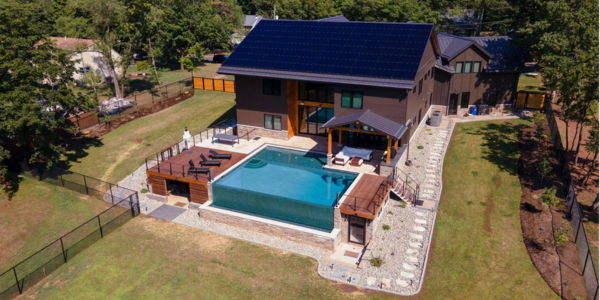
By Ali Turner, S-5!
Share this guide with homeowners to help them understand the basics of metal roof warranties.
Metal roofs offer many advantages, such as a sleek look, long-lasting durability and eco-friendliness. However, these benefits require understanding the roof warranty, especially when installing rooftop accessories. Using improper attachments could unintentionally void the warranty and cause problems later.
When installing accessories like solar panels, snow guards or HVAC units on metal roofs, there are two main methods: non-penetrating clamping to the standing seam and attaching to an exposed-fastened panel by screwing directly through the roof material. S-5!® wants you to know the basics of roof warranties, the risks linked to improper attachments and how to protect one of your home’s biggest investments.
Understanding roof warranties
A roofing warranty is a guarantee from the manufacturer that its product will perform according to specific standards for a certain period. These warranties can protect homeowners from defects in materials and workmanship, providing peace of mind.
However, a warranty is only as good as its terms. Many manufacturers specify that certain practices, including the type of attachments used, can affect the validity of the warranty. If the warranty terms aren’t followed, a homeowner might have difficulty getting help if problems occur. It's important to stay aware of these guidelines to ensure your coverage stays valid and you receive the support you need.
Warranty types
An installer warranty and a manufacturer warranty serve different purposes in protecting homeowners. An installer warranty is provided by the contractor or company that installs a product, such as roofing, and typically covers issues related to improper installation or workmanship. This warranty ensures that if any problems arise from the installation process within a specified period, the installer will address and resolve those issues.
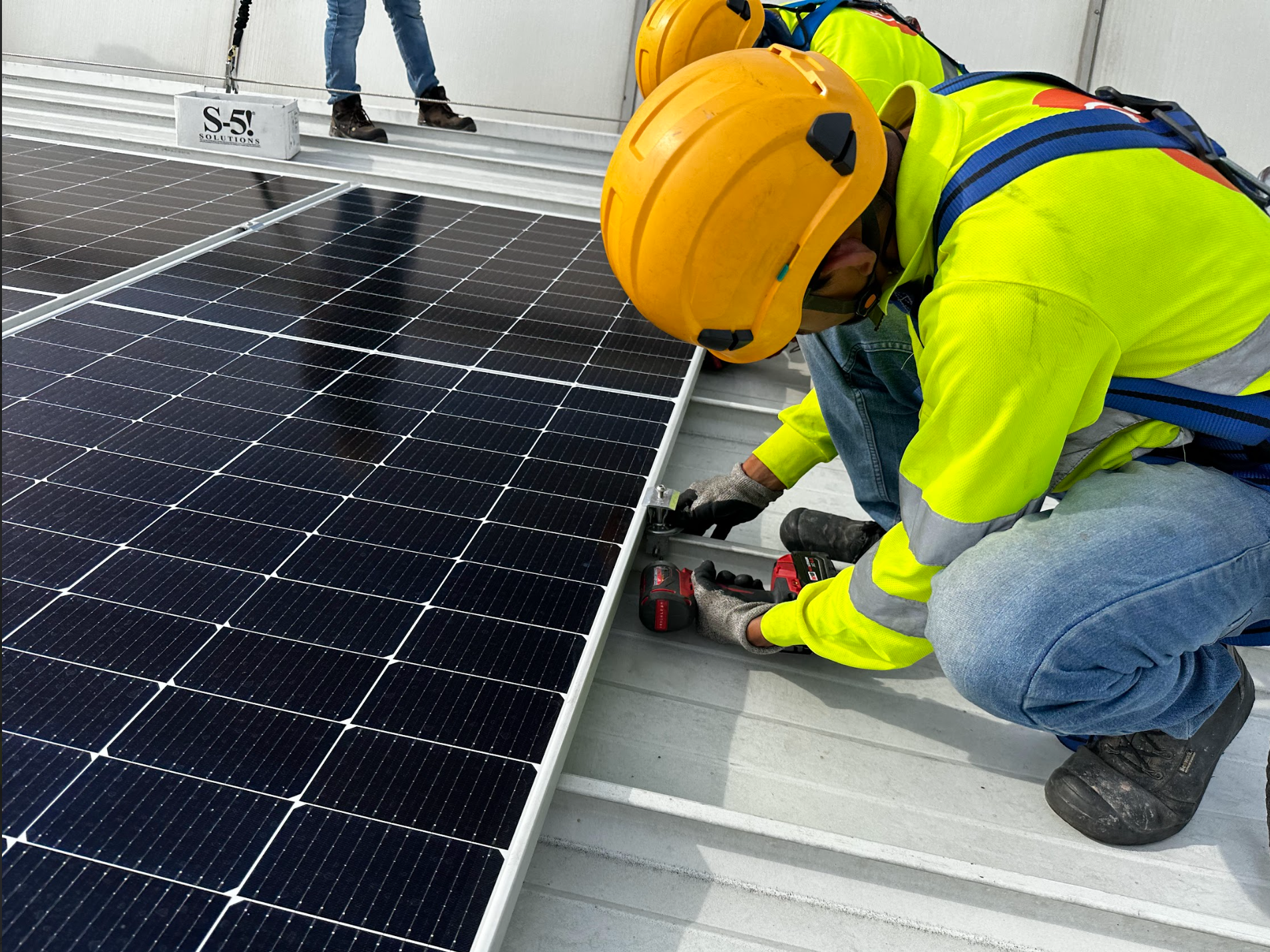
Installing solar panels with penetration-free attachment solutions preserves the integrity of a standing seam metal roof while simplifying the installation process.
In contrast, a manufacturer's warranty comes directly from the company that makes the product and usually covers defects in materials or manufacturing faults. This warranty protects the buyer if the product fails due to issues unrelated to installation, such as material defects or malfunctions. Understanding both warranties is important for consumers to ensure comprehensive coverage for their purchases.
The risks of improper attachment
Improper attachment can fall into several categories, from the use of incompatible fasteners to incorrectly mounted hardware, and they can affect the metal roof's performance and integrity. Here are several reasons to be mindful of the attachments you use:
- Voided warranty: Using attachments that don’t maintain warranty compliance, such as unnecessary penetration of the panel, can void a manufacturer’s warranty.
- Increased liability: If attachments fail due to improper installation or incompatibility, the entire roofing assembly may be compromised. This can lead to leaks, structural damage or even a complete roofing failure, putting homeowners at financial risk for repairs that would otherwise have been covered under warranty.
- Long-term performance issues: Poorly chosen attachments can affect the long-term performance of the roofing system. For example, attachments that are not compatible with the roof panels may corrode themselves or lead to early corrosion of the roof panels over time, compromising their service life.
Best practices for metal roof attachments
To ensure the longevity of your metal roofing system and maintain its warranty, follow these best practices:
- Consult manufacturer guidelines: Always refer to the metal roof panel manufacturer's guidelines to find out which types of attachments are approved for use. Read the warranty thoroughly to understand all terms and conditions.
- Use proper products: Use attachments that are designed to work specifically with the roofing panels and profile type. This will help ensure compatibility and maintain the durability of the roof system. Additionally, source attachments with industry-leading, lifetime materials and workmanship warranties.
- Work with qualified professionals: If you’re unsure about the right attachments or the installation process, hire qualified roofing professionals who are experienced with metal roofing. They are trained to adhere to manufacturer guidelines. Make sure to source the appropriate attachment method, which can help protect your warranty.
- Regular inspections: After installation, regularly inspect the roofing system for signs of wear or damage. Catching small issues early can prevent larger problems down the road.
What are exposed-fastened brackets?
A metal roof bracket is an essential component used to secure solar PV systems, snow guards and other rooftop accessories to an exposed-fastened roof. When selecting brackets for your metal roof, ensure that they feature chemist-formulated, factory-applied butyl or EPDM to guarantee a watertight attachment, further protecting the integrity of the roof system.
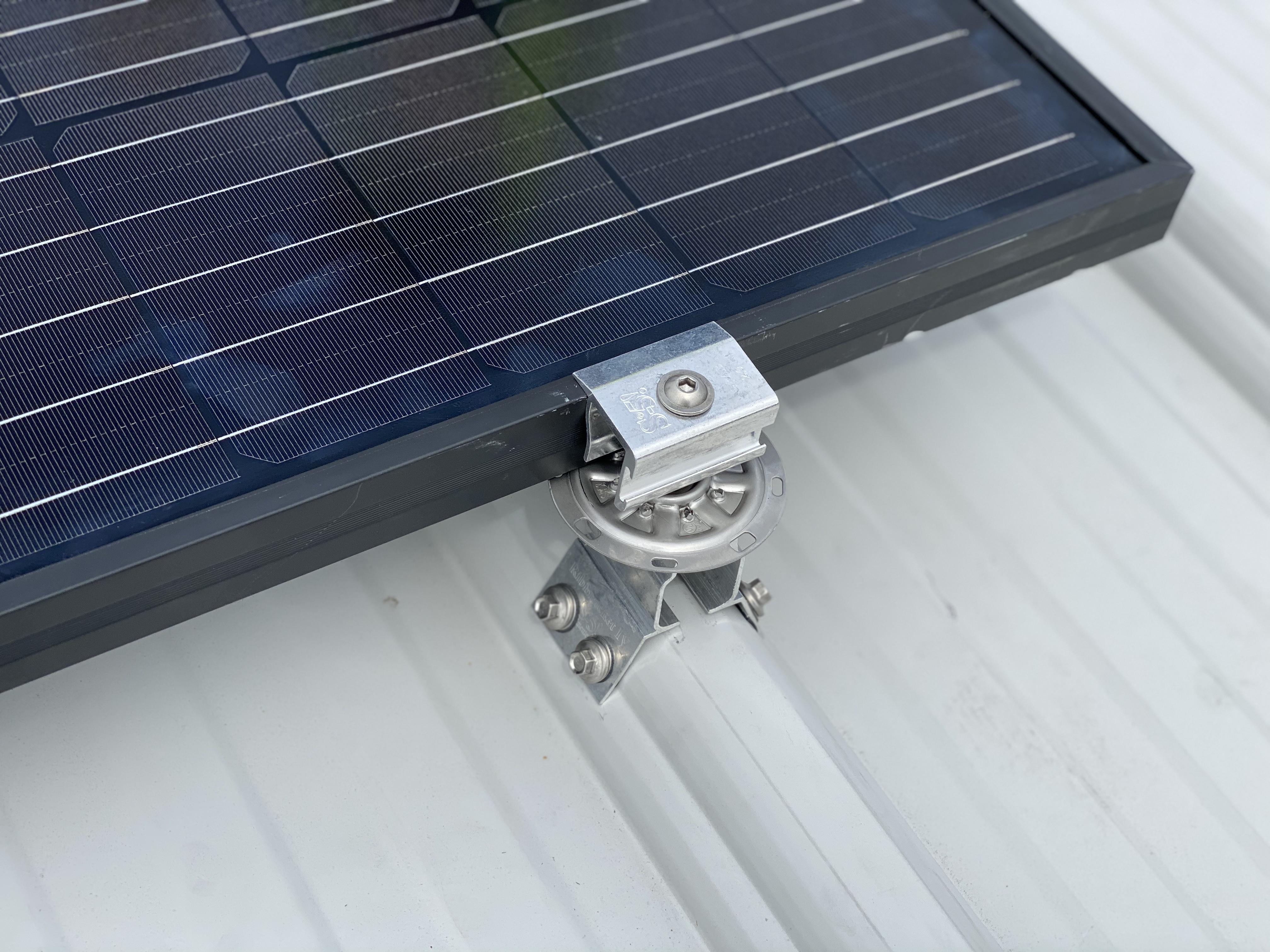
Choose brackets for your metal roof that come with factory-applied butyl or EPDM to ensure a watertight seal.
What are standing seam clamps?
Standing seam clamps are designed to mechanically attach to the seams of metal roofs without penetrating the panel itself. The best approach for this type of attachment is to use round-point setscrews. Unlike cup-point setscrews, which can cut through the protective coating of metal roofs, round-point setscrews grip the seam securely, creating a mechanical interlock, without compromising the material or voiding the warranty when installed correctly.
Why non-penetrating is better
The primary rule of thumb for rooftop mounting on standing seam roofs is simple: do no harm to the roof. Penetrating the roof material can lead to a host of problems, including leakage and deterioration of the thermal cycling behavior of the panels. By using non-penetrating mounting solutions, you can secure equipment while preserving the roof's thermal expansion capabilities.
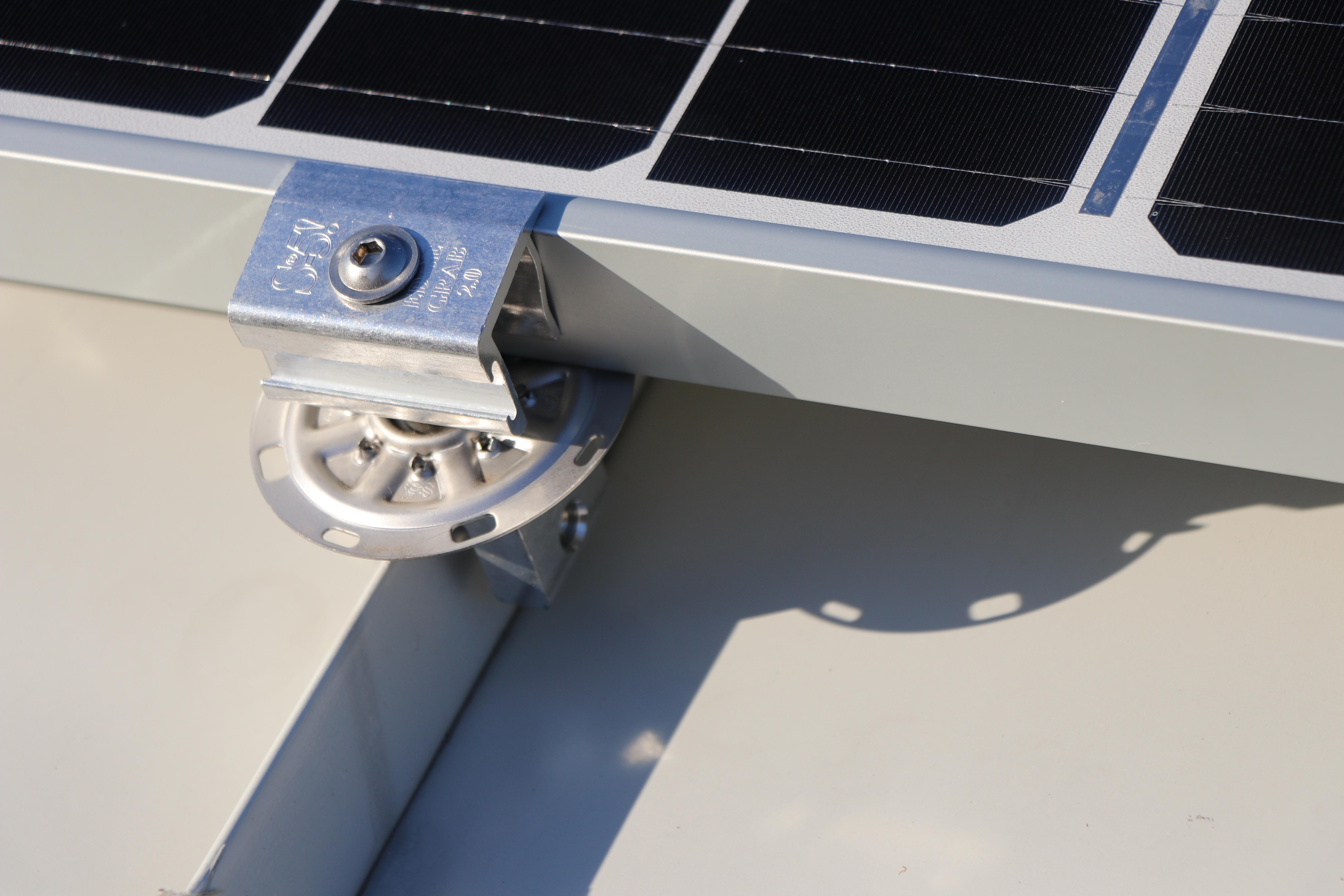
Opt for standing seam clamps that won't penetrate your roof, ensuring a secure attachment while preserving the integrity of your roof system.
Additionally, non-penetrating methods avoid creating unwanted holes that can jeopardize the roof's watertightness or void the manufacturer’s warranty. Roofing manufacturers might stipulate that penetrating the roof material can void warranties due to the potential for leaks and structural damage. However, using tested, engineered clamps ensures that attachments are secure without violating these warranty conditions.
The science behind non-penetrating clamps
The effectiveness of standing seam clamps lies in their ability to create a mechanical interlock between the clamp, the seam and the setscrew when tightened. Properly engineered and load-tested clamps provide the necessary strength and durability for any rooftop installation. It’s important to select clamps that have been specifically tested for the required holding strength of your roof’s material to ensure safety and compliance.
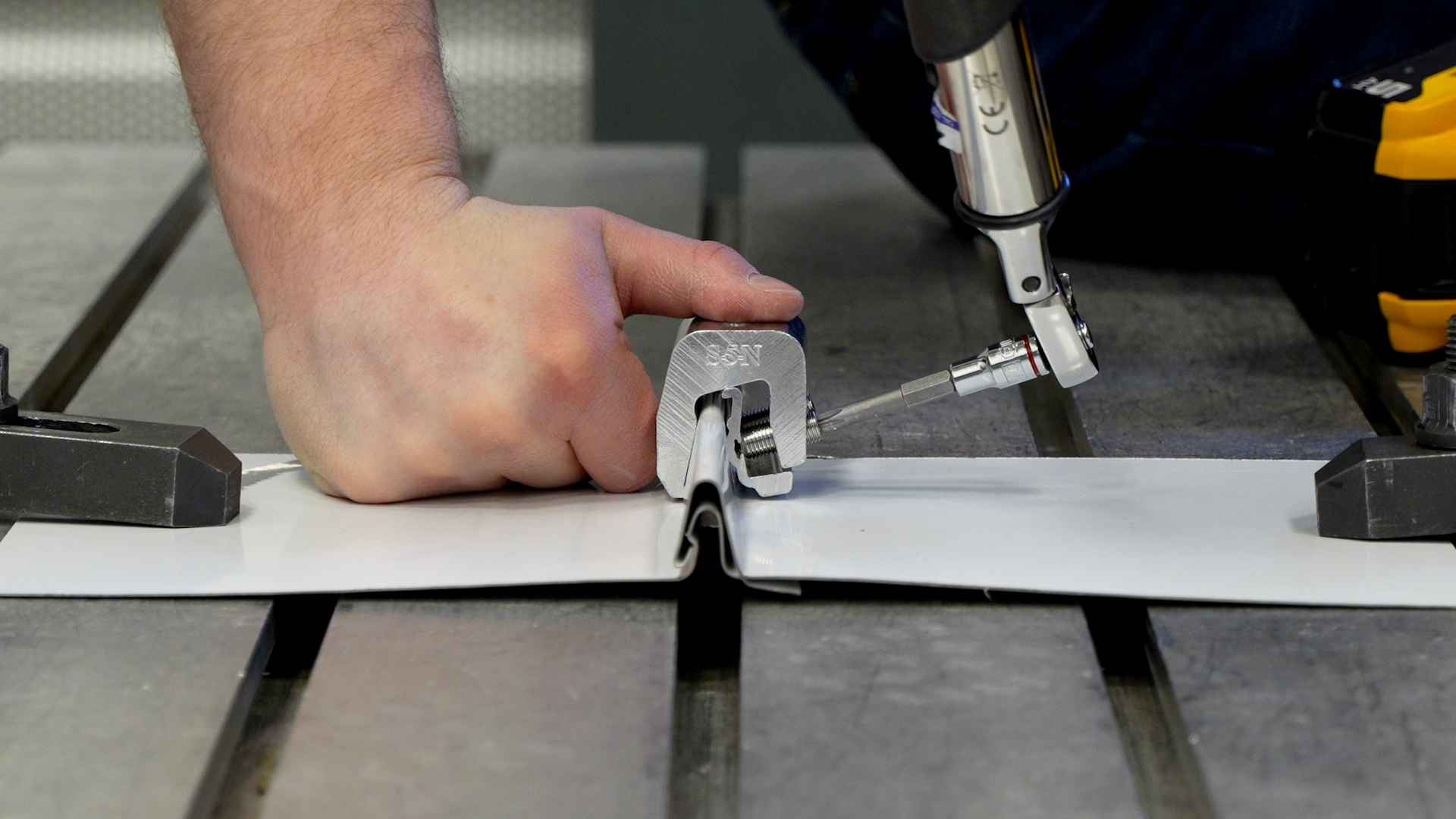
Non-penetrating clamps will dimple the seam material, forming a mechanical interlock between the clamp, seam and setscrew when tightened.
Choosing the right materials
For optimal performance, the clamps themselves must be made from non-corrosive metals, such as aluminum paired with stainless steel hardware. This combination offers compatibility with a range of metals. In the case of copper roofing systems, brass clamps should be utilized to prevent issues associated with metallurgical incompatibility.
Ideas to hold on to
The warranty on a metal roofing system is a valuable asset, providing protection and peace of mind. However, it's crucial to understand how the choice of attachments can impact that warranty. By ensuring that the right materials and installation practices are employed, homeowners can safeguard their investments and enjoy the full benefits of their metal roofs for decades to come. Making informed choices now can save significant time, effort and expense in the future.
For more information on metal roofing and to become a Metal Roof Expert™, enroll in our free online training program — S-5-University™.
Learn more about S-5! in their Coffee Shop Directory or visit www.S-5.com.
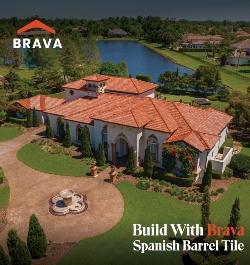
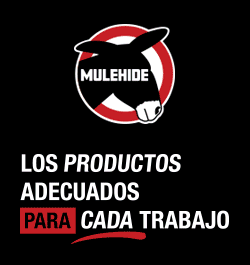


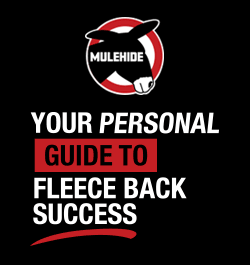



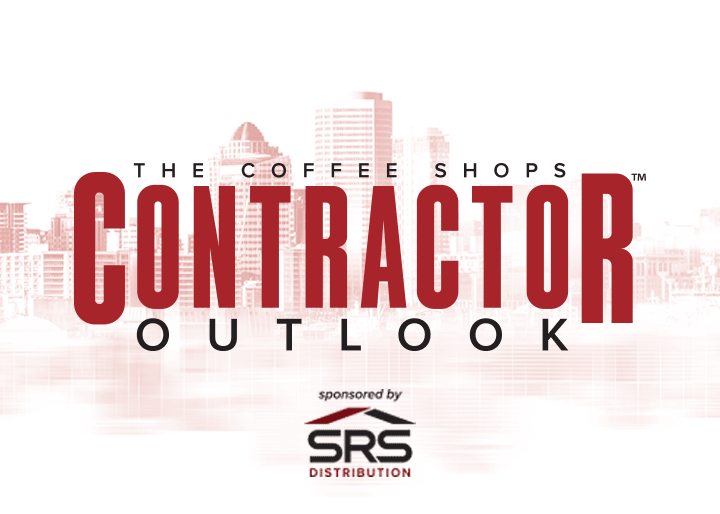

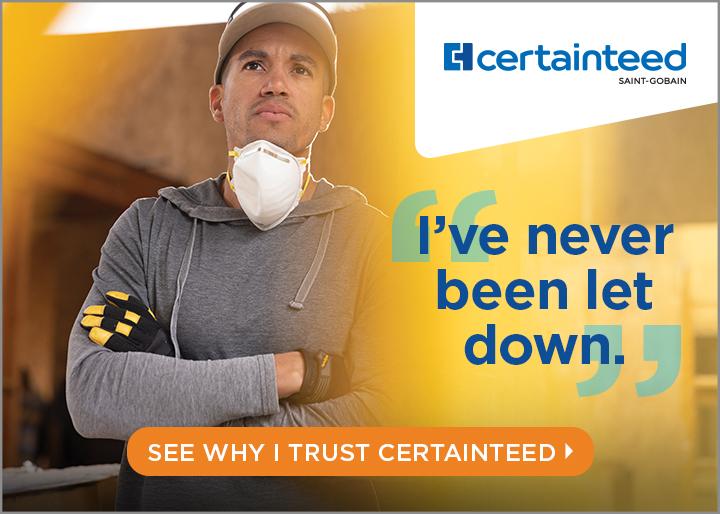






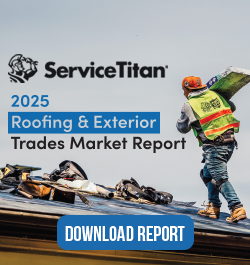
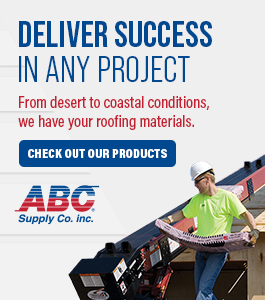


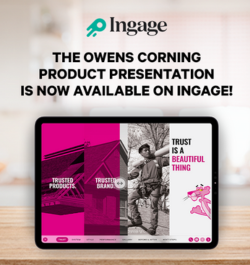
Comments
Leave a Reply
Have an account? Login to leave a comment!
Sign In